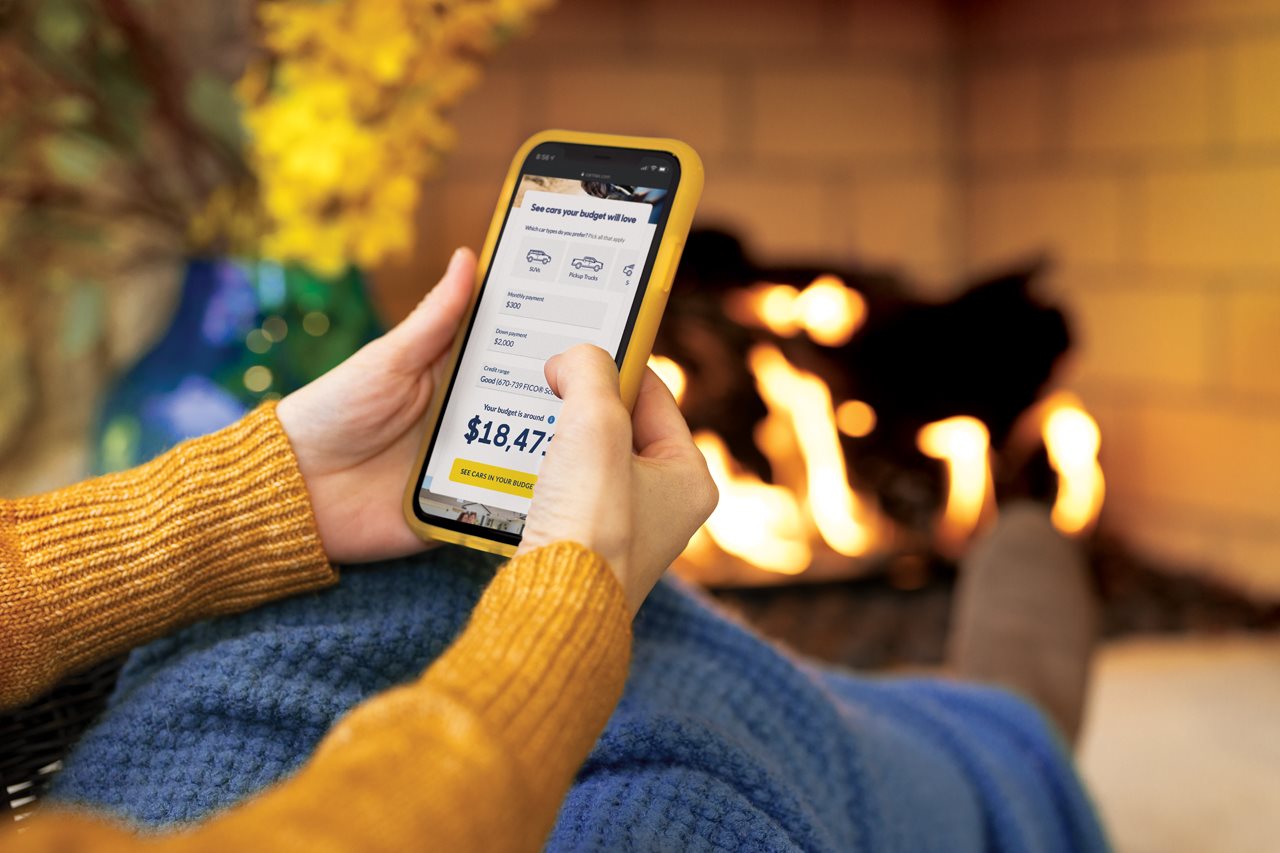2021-03-31T15:53:01
(BPT) – The pent-up global demand for travel is undeniable. Travelers around the world are anxiously awaiting the opportunity to pack a suitcase, visit new places, reconnect with the people they love and create new memories. In fact, two out of three Americans plan on traveling following the pandemic, according to a Hilton Survey.
Pre-pandemic, the environmental impacts of travel and over-tourism were taking a significant toll on beautiful destinations around the world. As travel rebounds, travelers, tourism businesses and accommodation providers have the opportunity to ensure their choices minimize their environmental footprint while maximizing positive local impact.
For example, Hilton’s Travel with Purpose commitment demonstrates the company’s choice to double its social impact efforts and cut its environmental footprint in half by 2030. By investing in local communities through the Hilton Effect Foundation and taking critical steps to reduce the environmental impact of hotels and its supply chain, organizations like this are spearheading change.
In addition to supporting organizations making a conscious effort to protect the environment, you can make a difference yourself when traveling. Consider these five easy steps when hitting the road, jumping on that next flight or exploring the unbeaten path:
1. Don’t forget your reusables
Many hotels, airports and destinations offer water stations to fill up your reusable water bottle. By taking advantage of these free resources instead of purchasing single use bottles, you’ll save money and help preserve the environment at the same time. Bringing a reusable bag, utensils and straw can also help you reduce single-use plastic waste from to-go food items.
2. Go mobile
From downloading your boarding pass, electronically checking in to your hotel room, or receiving a paperless hotel folio, a contactless experience is preferred by many people. The free-to-download Hilton Honors app provides the option for guests to book, seamlessly check in, select their room and access their room with a digital key, all by using their smartphone. Not only is this technology easy to use but it also eliminates the need for a physical room key. Many hotels also offer contactless check out, enabling you to receive your electronic receipt and be on your way with zero waste involved.
3. Keep your eye out for recycling
Refrain from discarding waste in the first receptacle you see and check if there’s a recycling bin nearby. Often waste containers are split and offer several places for depositing items, so make sure trash goes into the appropriate slot and recycling or compost into its designated area. Every recycled item helps prevent waste from entering oceans and landfills.
4. Buy local and shop small
The best way to support — and get to know — a city or community is to contribute directly to the local economy. Experience local family-owned restaurants, shop at small businesses and hire local tour guides to learn about the community’s history and culture. If you’re not sure where to find the best local places, ask hotel staff who are typically locals themselves and can offer ample suggestions.
5. Opt for alternative wheels
You can take steps to reduce your carbon footprint from transportation, such as taking a direct flight or renting an electric vehicle. When you arrive, consider using alternative modes of transportation such as walking, cycling or public transportation to explore your destination. Guests of Canopy by Hilton can grab a complimentary bike to explore what hidden gems the city has to offer, or hotel staff can recommend local walking and running routes — providing a fun perspective for experiencing a new location.
Traveling is an important part of the human experience. As you dream about your future trips, you can satisfy your wanderlust without sacrificing the environment. These five simple Mother Nature-approved steps will help you travel more sustainably wherever you decide to explore next.



















